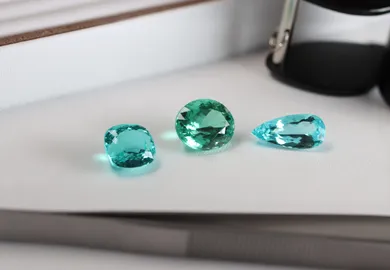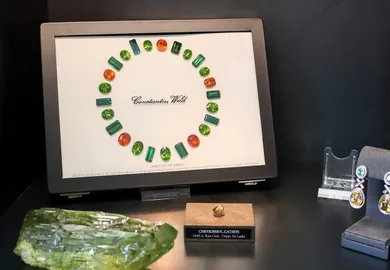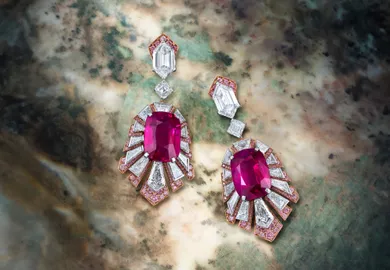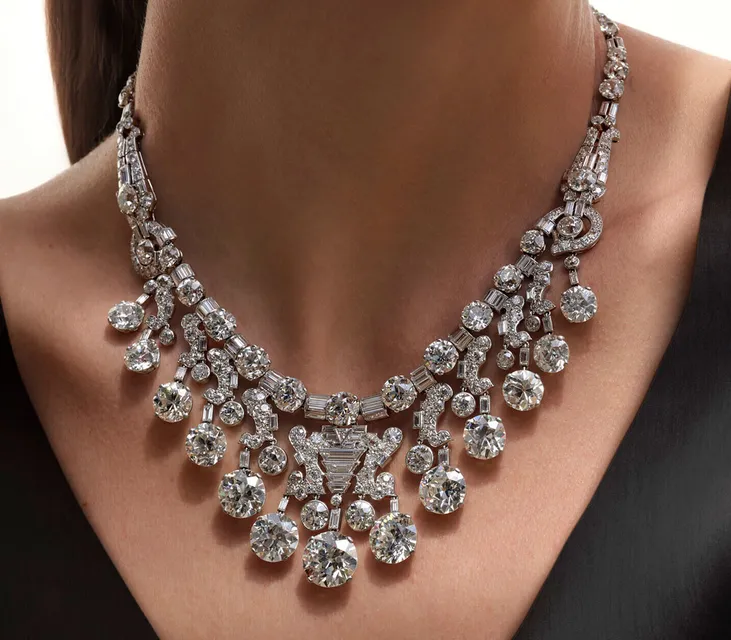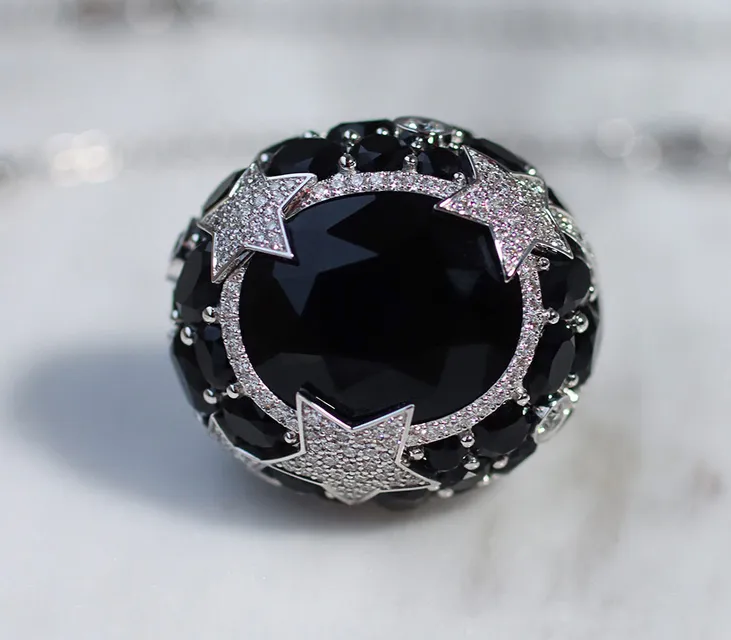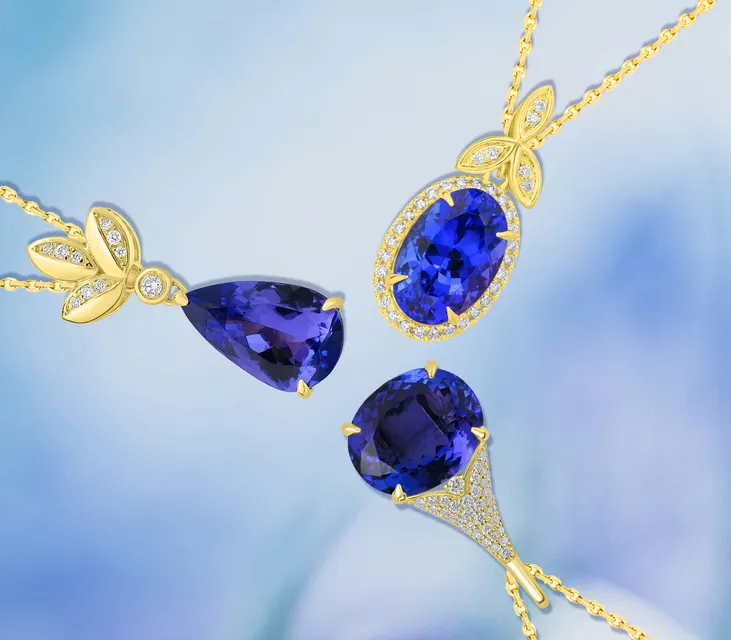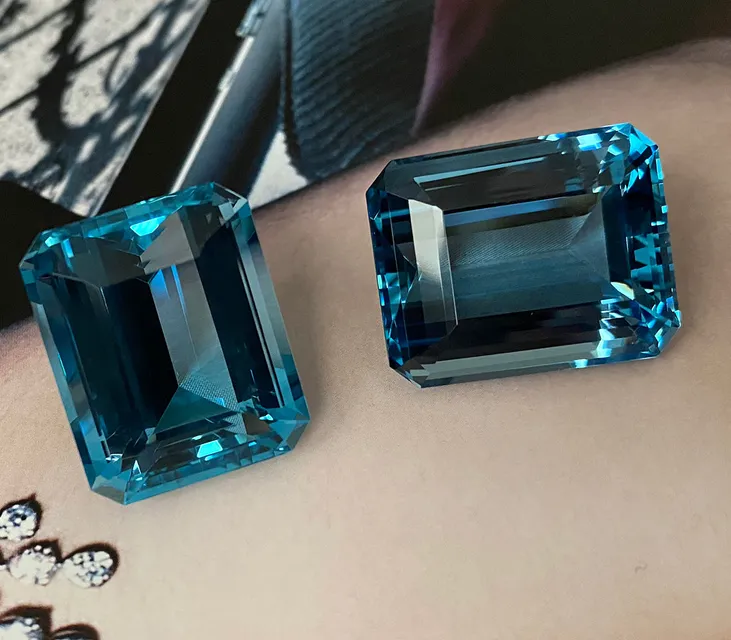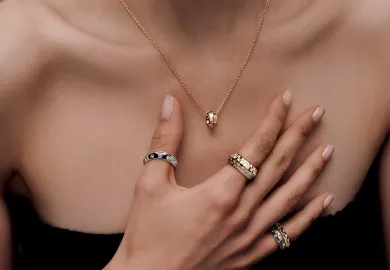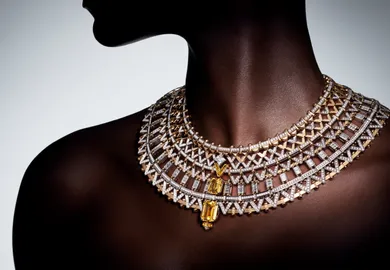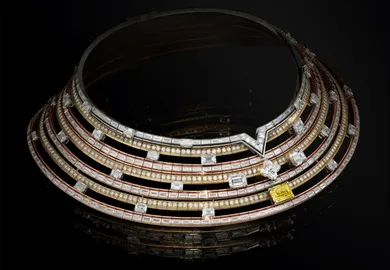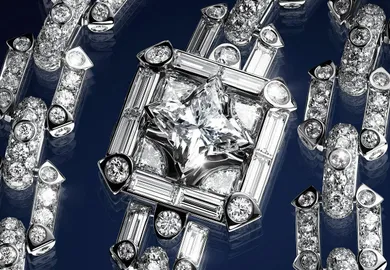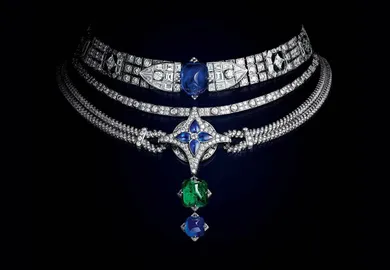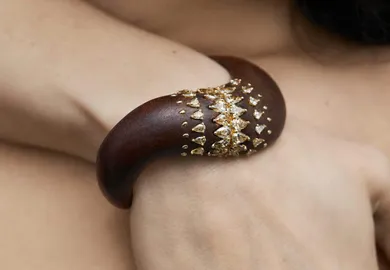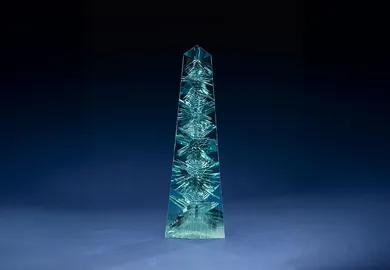

Some Simple Words of Advice on Looking After Opals:
Anyone who encounters a variety of precious stones probably begins to notice their uniqueness, inimitability and a distinct “character”. But have you considered the possibility that every stone demands a particular attitude towards it as a jewel? What sort of attention are they expecting? How do you prolong their natural glow? How do you look after them? Using one of 2014’s most popular stones, the opal, as an example, I want to acquaint you with the wonderful world of gemstone care.
It’s worth starting with the point that the opal is not exactly a stone. In fact, 6-10% of an opal is water! The stone’s porous mineral structure answers for such a high water content. Water can both freeze and evaporate, so without moisture in the air, the stones can split and lose certain features. Now I understand why a childhood friend of mine kept licking her ring with a large dark stone: she was moistening the Australian opal that crowned her ring. However, to protect an opal’s beauty you’re better off sticking to the advice below.

La Nature de Chaumet high jewellery Australian black opal ring
An opal can also crack due to extreme changes in temperature. That’s why jewellery pieces that have opals are best kept in damp cotton wool away from dirty water, ink and other staining liquids that could cause the stone’s discolouration. The effect of chemicals on the stone, including everyday detergents and cleaning products, is also harmful. To get the right level of humidity, prevent any cracks appearing and stop the loss of an opal’s sheen, you can regularly rub any opal jewellery all over with a small amount of glycerine using a soft cloth.

Morelle Davidson ring with a 6.65 cts cushion cut yellow diamond, opals and deep apple green triangular-cut tsavorite garnets
An opal’s porous structure also means that the stone can lose its ornate qualities on contact with particular fats, oils and cosmetics. The opal absorbs them. This is why it’s better to put on opal jewellery pieces like a cherry on top of a cake: at the very end when you’re otherwise completely ready to go. Opal is one of the most pliable precious stones used to create jewellery pieces, more so than, for instance, sapphire, ruby, emerald and especially diamond. That’s why opal is very easily scratched but difficult to polish. Try not to wear opal jewellery with other jewellery pieces otherwise you risk it getting scratched by whatever else you are wearing.

Colibri earrings by Lydia Courteille with orange mexican opals, orange sapphires, green garnet
As a preventative measure, you should always clean opal pieces in a mixture of warm water and a very mild detergent using a soft toothbrush or cloth so as not to damage it. And in no circumstance should you ever clean opal pieces in an ultrasonic machine (a special machine for cleaning objects in detergent). The risk is that the vibrations will be too much for the stone and cause it to crack.

Margot McKinney Viridian Australian Lightning Ridge opal earrings with opals, tsavorites and sapphires
If you are happy with the simple demands of the rather capricious opal, you can continue to enjoy your “relationship” with it for many years to come!

WORDS
Katerina Perez is a jewellery insider, journalist and brand consultant with more than 15 years’ experience in the jewellery sector. Paris-based, Katerina has worked as a freelance journalist and content editor since 2011, writing articles for international publications. To share her jewellery knowledge and expertise, Katerina founded this website and launched her @katerina_perez Instagram in 2013.
Related Articles
Latest Stories
Add articles and images to your favourites. Just

Century of Splendour:Louis Vuitton Awakened Hands, Awakened Minds Chapter II
Creative Director Francesca Amfitheatrof offers her unique interpretation of a pivotal period in France’s history, marked by the French Revolution, the Napoleonic era, and the rise of industrialism
Jewels Katerina Perez Loves
Continue Reading
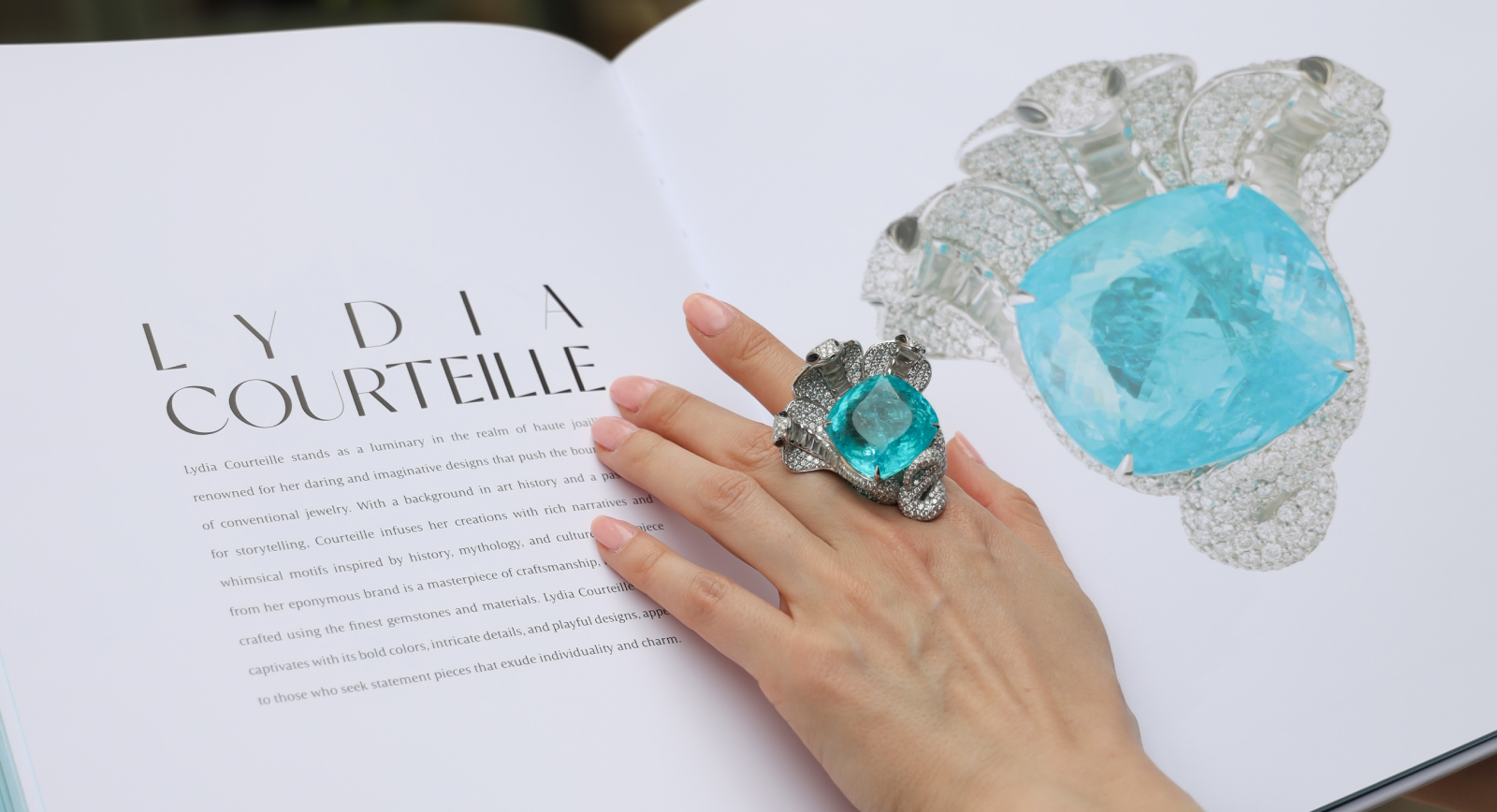
Writing Adventures:Co-Authoring the Book
Paraiba: The Legacy of a Color
Brand Focus: Louis Vuitton
Jewellery Insights straight to your inbox



